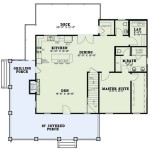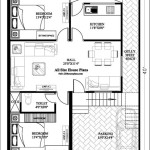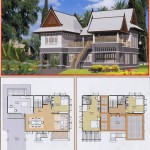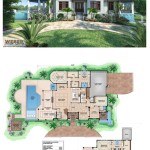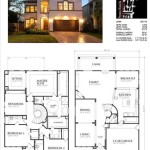Essential Aspects of Pentagon House Floor Plans
The Pentagon, an architectural marvel and a symbol of American military might, features a unique and intricate floor plan that accommodates a vast array of functions and departments. Understanding the essential aspects of Pentagon house floor plans is crucial for navigating this colossal structure and comprehending its complex organization.
Symmetrical Structure and Radial Layout
The Pentagon's distinctive shape and symmetrical layout are key to its efficient design. The five wedge-shaped sections radiate from a central courtyard, creating a radial layout that facilitates both horizontal and vertical circulation. This design ensures that all departments are equidistant from the core, allowing for smooth communication and coordination.
Central Corridor and Concentric Rings
The central corridor, known as the "A" ring, serves as the backbone of the Pentagon. It connects all five sections, providing a direct path from one end to the other. Surrounding the A ring are four concentric rings, labeled B through E, which house offices and workspaces. Each ring is further divided into spokes, which are corridors extending radially from the central courtyard.
Courtyard and Atrium
The central courtyard, a vast open space enclosed by the building's five wings, is a focal point of the Pentagon. It provides natural light to the interior offices and serves as a gathering place for events and ceremonies. An atrium, known as the "Glass House," overlooks the courtyard and offers panoramic views of the interior.
High-Security Measures
As the headquarters of the US Department of Defense, the Pentagon has stringent security measures in place. The building's exterior is heavily fortified, and access to the interior is controlled through multiple checkpoints. Sensitive areas, such as the Joint Chiefs of Staff conference room, are located deep within the structure with additional layers of security.
Flexible and Adaptable Spaces
The Pentagon's floor plans are designed to be flexible and adaptable, allowing for changes in department sizes and responsibilities. Offices are modular in design, enabling them to be easily reconfigured or expanded. The building's infrastructure also includes a robust network of utilities and communication systems to support the needs of its vast workforce.
Underground Levels
In addition to its five above-ground rings, the Pentagon has five underground levels. These subterranean areas house critical infrastructure, such as generators, storage facilities, and mechanical systems. The lowest level, known as the "S-4 level," is home to a secure command center in case of emergencies.
Conclusion
The Pentagon house floor plans are a testament to the ingenuity and foresight of their designers. The building's symmetrical and radial layout, combined with its flexible spaces and advanced security measures, create an efficient and secure working environment for the thousands of personnel who serve within its walls. Understanding these essential aspects helps appreciate the architectural complexity and functional brilliance of this iconic landmark.

Pentagon House Design Google Search Octagon Plans How To Plan

A Pentagon Floor Plan Is Frequently Used As The Base For Geodesic Dome People Don T Generally Like Rounded Walls Grundriss Traumhaus Haus

Pentagon House Plan Le Beales

M11 Preliminary Design Pentagon House Iaac Blog

Modern Single Story House Plan With 3 Bedrooms

Gallery Of The Pentagonal House Kazuya Morita Architecture Studio 9 Photography

B Layout Arrangement For Pentagon Hexagon And Octagon Shapes Scientific Diagram

Transpa Pentagon Shape Png House Plan Image Pngitem

Rain Catcher Handcrafted Rcm Cad Design Drafting Ltd

Dome Vs Square House Materials Joe S Domes

